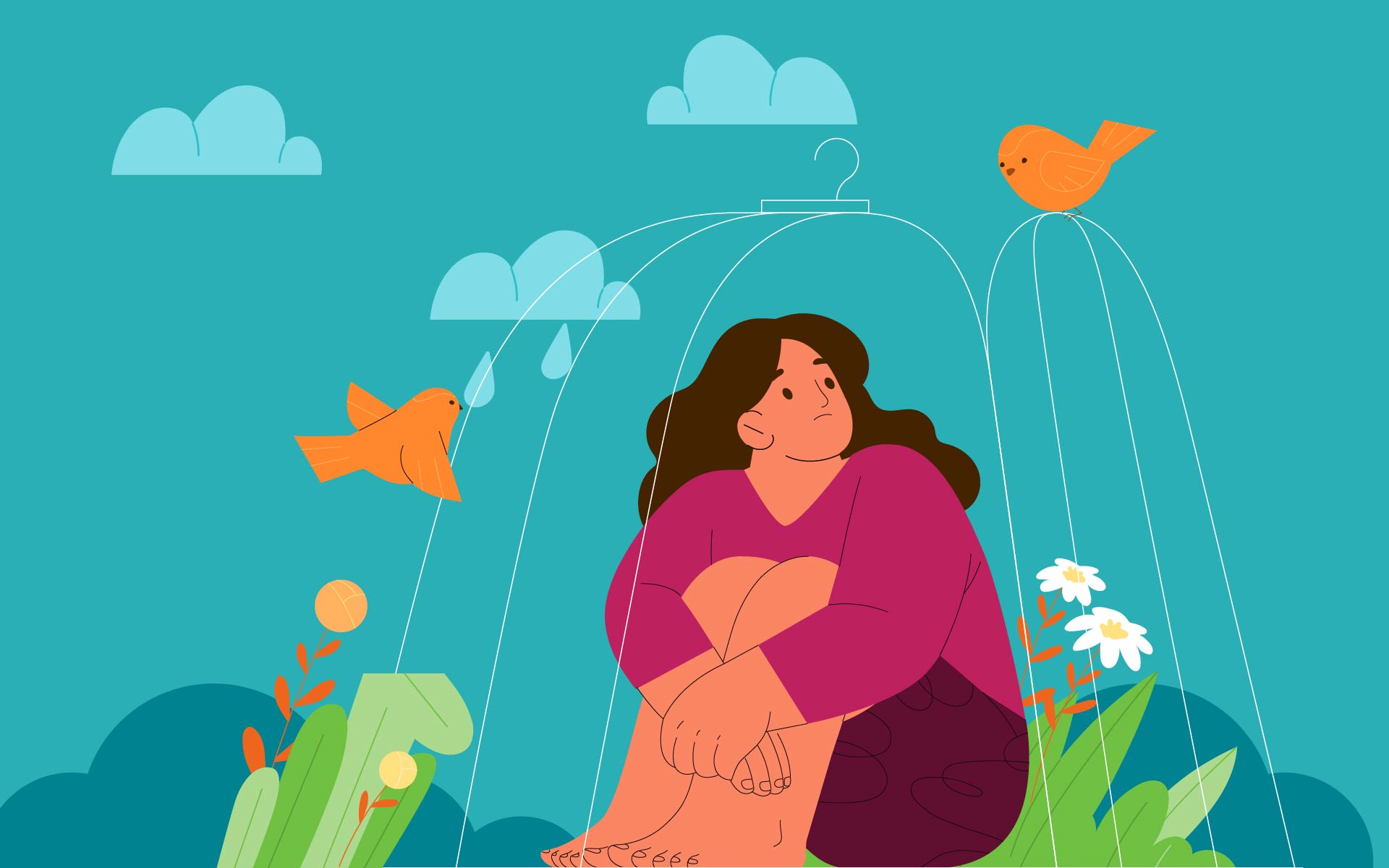We wake up in the middle of the night with the title of a Leonard Cohen song in our head: “Closing Time.” We jot it down on a slip of paper on our bedside table, and roll back to sleep. In the morning, making the bed, we see the note, and put it in our pocket. A few times during the day, we unfold it, and hum a line or two.
We’re figuring, “This has got to have some special meaning!” After all, it survived the transition from dream to waking state and now it’s at the top of the playlist in our head. We go online, print out the lyrics, and (wanting to take it to the next level) that night we go to our favorite bar and stay through last call. Just as the bartender is telling the patrons it’s time to go, we break into a dance, and sing: “Ah, we’re drinking and we’re dancing, and the band is really happening…”
We’ve incubated this song from hazy memory to the dance floor. It all started with a thought—one of those nebulous things inside our head, that comes and goes. We grabbed on to this one, gave it VIP status, and shepherded it as it took on a life of its own.
No harm done, because singing song lyrics at a bar is innocuous. When we have an idea that we want to bring into the world, many of us go through a similar process—trying it out in our head through multiple iterations, getting used to it, and finally, shoving it out the door.
A Healthy Skepticism
The ability to decide which thoughts have merit—or at least do not have the potential to cause harm—is paramount.
Lack of discernment can snowball into disaster. Worse than perhaps embarrassing ourselves at a bar, we can run roughshod over social norms, break the law, and cause harm on a massive scale—all in the service of promulgating our “vision.” The ability to recognize thoughts that have no connection to reality is key, as this removes from them a fundamental support—whether we’re generating them ourselves, or they are media messages that we consume online.
The ability to recognize thoughts that have no connection to reality is key, as this removes from them a fundamental support—whether we’re generating them ourselves, or they are media messages that we consume online.
The process of believing our thoughts, and acting on them as if they were true, can be dangerous.
As we proceed along, our favored thought, which has no substance, ironically develops gravitas. We’re believing it as if it had been vetted by the reality police—and it has not. Such a wonderful idea (we believe) is now subsumed into our worldview, and presto! It becomes part of who we are, accepted into the fold.
Understanding How We Filter Our Thoughts
There are four points in this process that are particularly critical if we are to protect ourselves and others from harmful outcomes stemming from belief in our thoughts:
- Being Grounded: Finding a reference point to reality that keeps us from getting carried away by flights of fancy, such as our feet on the ground, being anchored to the present moment, and/or our breath. With its emphasis on relating to our experience in the present moment, mindfulness practice undermines our habitual planning, ruminating, worrying, and creating mental entertainment for ourselves.
- Self-awareness: Recognizing our thoughts, feelings, emotions, and sensations in real time. When we can see what’s happening, while it’s happening, we are in an excellent position to make a course correction—deciding, for example, that the best thing we can do in this moment is to pause, and keep an open mind.
- Discriminating awareness: Knowing how to tell the difference between correct vs. incorrect; artificial vs. real; healthy vs. unhealthy, etc. How often does “fake news” fool us? Do we get drawn in and become a believer, or do we tend to suspend judgment long enough to apply a critical eye, and to fact-check if we have to?
- Recognition of thoughts: Instead of getting bamboozled by whatever pops to mind, reminding ourselves that it is a thought—nothing more, nothing less. When we see a thought for what it is, we are not ensnared by the baggage that typically comes along with it—the drama, glitz, promise, fear, whatever makes it the bright shiny object of the moment.
Beyond these skills, once the cat is out of the bag—once our internal project has hit the outside world—openness to feedback is key. How is it being received? What’s the impact? Based on the intelligence we gather, we can do a course correction.
Mindfulness practice supports the development of these skills over time. No matter how compelling our thought, idea, or concept, we come to see that it’s just a thought that is not necessarily true. It’s a watershed moment.
read more
We’re Hardwired to Doubt—And It’s a Good Thing
Doubt helps us avoid acting on every passing idea which can prevent us from participating in certain types of risk.
Read More
A Meditation for Decentering Your “Self” (And Why You Should Do It)
When we realize that our “self” is really a process and not a fixed thing we can make space for less self-absorption and more compassion for others.
Read More
Thoughts Are Not Facts—But They Speak to the Power of Judging
We have a natural tendency to think that the thoughts we generate in our minds are our own. We need to make room to evaluate new information that seeps into our minds.
Read More










